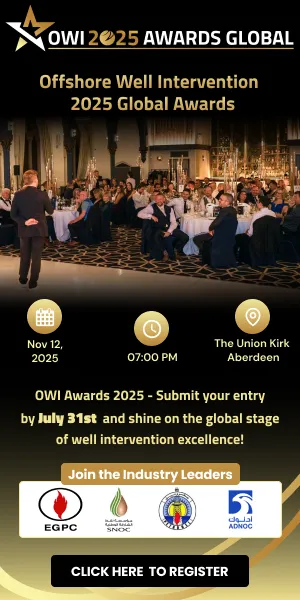African Liquefied Natural Gas (LNG) is set to attract US$103bn in 2019, with Nigeria, Egypt, South Africa, Mozambique, Senegal and Mauritania leading investment across supply and demand-driven projects
Africa is an exciting frontier in the global natural gas sector. The continent holds 7.1 per cent of proven global gas reserves and is expected to contribute around 10 per cent of global production growth through to 2024.
On the demand side, Africa’s large, urbanised and industrialised societies of the future will require reliable and sustainable power generation. With greenfield investments in Nigeria, Egypt, Mozambique and elsewhere reaching around US$103bn this year, it is clear that liquefaction is viewed as the most profitable strategy for realizing Africa’s gas potential.
Record investments on the supply side
Nigeria accounts for more than 50 per cent of current LNG production capacity on the continent with October 2019 seeing a final investment decision on the US$12bn expansion of the country’s liquefaction plant at Bonny Island in Rivers State.
The Train 7 expansion project is expected to increase Nigerian LNG production capacity by 35 per cent, from 22 million tonnes per annum to 30 million. Current indications point to a positive verdict. The twenty-year-old facility is owned and operated by a consortium which includes NNPC, Shell, Total and Eni.
In North Africa, Egypt has successfully re-established itself as an important investment destination following the downturn in the gas sector in 2014. In the first half of 2019, the behemoth Zohr offshore gas field produced 11.3 billion cu/m - 3.6 times more than it did in H1 2018. The success is set to continue with reports earlier this year of a new Eni discovery in the Nour North Sinai Concession. Evaluation is ongoing but there are hopes that the new field could rival the Zohr, which would open significant opportunities for investment in new liquefaction plants. In February, the Egyptian Natural Gas Holding Corporation awarded five new gas exploration concessions to Shell, ExxonMobil, Petronas, DEA and Eni in which it expects to see 20 wells drilled.
In June, Anadarko gave its final approval for a US$20bn gas liquefaction and export terminal in Mozambique. The Area 1 project is the single largest LNG project ever approved in Africa. And, it could be closely followed by Exxon’s US$14.7bn Area 4 development – FID is expected before the end of the year. Political stability and access to East Asian markets could see Mozambique become a major global gas market over the next decade.
Investors are also paying attention to smaller projects in countries like Mauritania, Senegal and Cameroon. Operators have been successfully able to deploy floating liquefied natural gas (FLNG) technology to realise the value of smaller assets in these markets and this could be a continuing trend in 2020 and beyond. Eni and partners are considering a US$7bn FLNG for the Coral South field in Mozambique.




